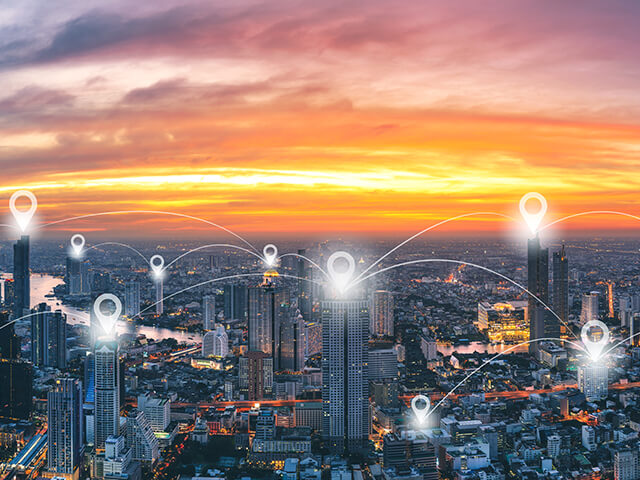Updating legacy applications can save your enterprise time and money in the long run—and ensure that you keep up with changing technologies.
Dec. 19, 2024 | By Amulya Duvvuru
Staying ahead of the competition and thriving in today’s market is a challenge for every enterprise, requiring a strategic approach to business transformation. Application modernization will ensure your apps are forward-thinking and your data is streamlined so your customers can have the best user experience.
Customers often ask us, “Where do we start?” To make an informed decision catered to your business, it’s important to understand the process and benefits of application modernization before diving in.
Every business is nuanced, and app modernization can impact businesses differently.
What Is Application Modernization?
Application modernization, also known as legacy modernization, is the process of updating your enterprise’s current apps and data to a cloud-first model.
Legacy application modernization could require migrating to a public, private or hybrid cloud if your organization currently uses on-premises apps.
No matter how cutting-edge your programs and systems were when you invested in them, technological advancements to legacy software are imperative for corporate productivity and revenue generation.
Businesses that evolve with technology will see increases in customer satisfaction and loyalty. Application modernization helps your organization more easily update apps you already have, often in stages, as needed.
The Five Pillars of App Modernization
Every application modernization project should include these five main pillars:
- Security is critical in any enterprise to protect your data and applications from potential threats.
- Reliability ensures that your system can recover from any issues and continue to function properly.
- Cost optimization enables you to manage costs while also ensuring your organization obtains the most value from your app modernization processes.
- Efficiency refers to your system’s ability to adapt to changes as needed.
- Operational excellence is a way of measuring how well your processes operate and keep the system running.
Benefits of Legacy Application Modernization
One of the major benefits of modernizing applications is accelerated innovation. With fewer resources devoted to maintaining applications and infrastructure, your staff can spend more time developing new products and services.
More application innovation means faster time to market and increased revenue for your enterprise.
In addition, modernizing your applications ensures proper functionality and efficacy even as technology changes. Modernization also results in stronger security and better reliability, ensuring your data and applications stay safe.
Application Modernization Steps
While every enterprise has different processes and requirements, application modernization generally consists of three main steps:
- Planning: In this initial phase, establish your app modernization goals and define a clear strategy. It’s also important to properly assess your current apps and environments before making updates.
- Implementation: This is where the fun happens, so to speak—when your organization starts to modernize applications. In this step, it’s best to use a flexible implementation strategy to adjust the scope as needed.
- Operations: The process doesn’t end with implementation. When migrating to the cloud, resources like cloud services and tools will help optimize and manage your apps.
Choose the Right App Modernization Partner
Whether you’re in the early stages of planning your app modernization strategy or want to focus on optimizing your apps and data, it’s essential to choose a technology partner who can help you reach your goals.
The right partner can guide you through the process of application modernization, from planning to implementation, and put your enterprise on the path to reaching your growth goals.
Amulya Duvvuru
Director, Application Modernization
Amulya is the director of the application modernization practice with TEKsystems Global Services, specializing in migrating and modernizing applications in the Azure cloud. Over the past 25 years, she has held a number of technical and leadership positions and has expertise in integration technologies, project management and practice leadership. Most recently, she led the TEKsystems team through the successful Microsoft audit for Migrating Enterprise Applications to Azure.
Related Articles

Maximize Your Technology Investments
Key platform decisions, countless configuration options and far-reaching technology implications are challenges for even the most sophisticated companies. Our full-stack expertise in multiple platforms, like Microsoft, transforms your goals into measurable results, so you choose well, navigate the landscape and avoid pitfalls.
Amulya Duvvuru
Director, Application Modernization
Amulya is the director of the application modernization practice with TEKsystems Global Services, specializing in migrating and modernizing applications in the Azure cloud. Over the past 25 years, she has held a number of technical and leadership positions and has expertise in integration technologies, project management and practice leadership. Most recently, she led the TEKsystems team through the successful Microsoft audit for Migrating Enterprise Applications to Azure.